The U.S. Navy’s Unmanned Carrier Aviation (PMA-268) programme completed its first aerial refuelin of an F-35C Lightning II aircraft by the Boeing-owned MQ-25 test asset, known as T1, as part of the U.S. Navy’s broader initiative to field unmanned systems that “transform and enhance the fleet’s capability, capacity and lethality”.
This event marked the third refueling flight for the T1 test aircraft. During the three-hour flight, a U.S. Navy F-35C pilot from Air Test Wing and Evaluation Squadron Two Three (VX-23) approached T1, performed formation evaluations, wake surveys, drogue tracking and plugged with the MQ-25 test asset at 225 knots calibrated airspeed and altitude of 10,000 feet.
“From the ground control station, an air vehicle operator then initiated the fuel transfer from T1’s aerial refueling store to the F-35C. Once operational, MQ-25 will refuel every receiver-capable carrier-based aircraft. Each unique aircraft platform will have a different aerodynamic interaction in the wake of MQ-25. Conducting refueling test missions with various aircraft allows the program to analyze data and determine if any adjustments to guidance and control are required.
“The MQ-25 will be the first operational carrier-based unmanned aircraft and will provide critical aerial refueling and intelligence, surveillance and reconnaissance capabilities to support the Air Wing of the Future – a mix of fourth and fifth-generation aircraft, manned and unmanned platforms, and netted sensors and weapons.”
Earlier this summer, the programme completed unmanned refueling missions with an F/A-18 Super Hornet and E-2D Advanced Hawkeye. Each aircraft platform is aerodynamically unique so how they respond in the wake of a tanker is different.


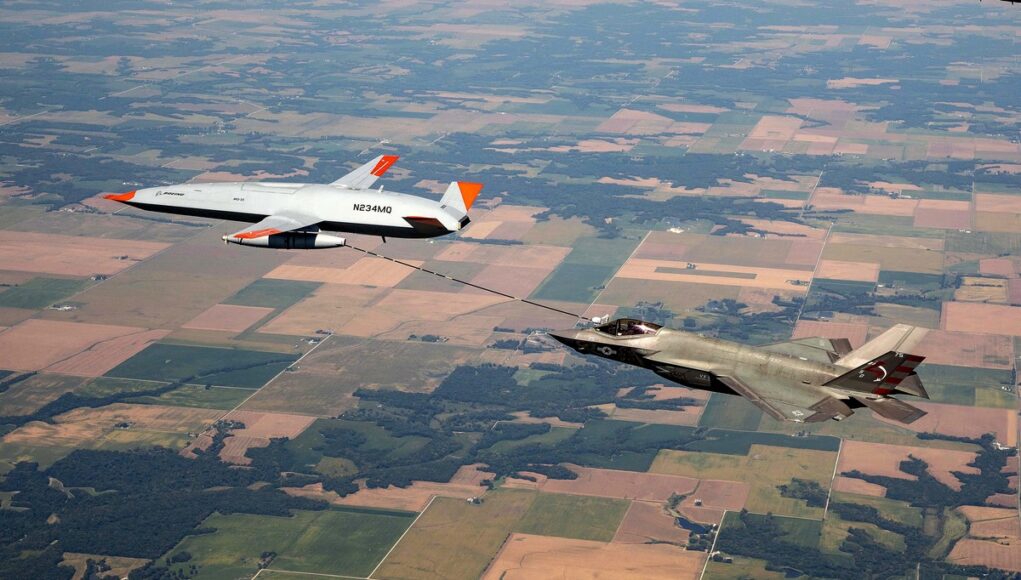
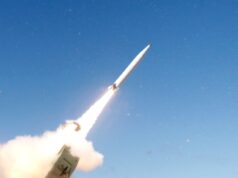
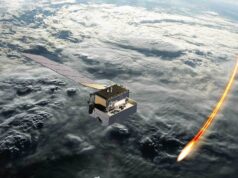
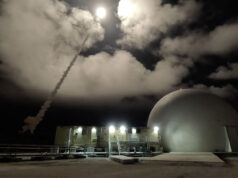


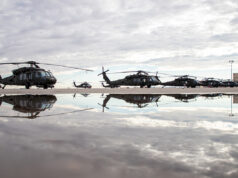

Is the MQ25 autonomous or ground controlled like Predator? I know the text states that the Operator initiates re-fueling.
it’s designed to be in touch with a ground operator but is capable of more so as experience increases it’s mode of operation could change. This is worth a read for more background https://www.defensenews.com/digital-show-dailies/navy-league/2021/08/04/boeing-conducts-first-manned-unmanned-teaming-event-with-mq-25-tanker/
Cheers! Interesting read.
RAF names 13 Sqn as second Protector unit
“The UK Royal Air Force (RAF) has named 13 Squadron as its second unit to operate the General Atomics Aeronautical Systems Inc (GA-ASI) MQ-9B Protector RG1 medium-altitude long-endurance unmanned aerial vehicle (UAV).”
https://www.janes.com/defence-news/air-platforms/latest/raf-names-13-sqn-as-second-protector-unit
Yup, 13 and 31 Sqn’s, saves on badges I suppose.
Hearing rumours RAF open to possibility of keeping Reaper alongside Protector.
I’d so, Reapers continue with ground recc, FMV, SIGINT, Crossbow, and Protector augments P8s? Handy.
Very!
Is the MQ-25 within the limits on weight etc that the RN specified for the drone-only cat & trap demonstrator project for the QE Class?…
Based on the sparse public domain information on it a qualified yes…
Drone refuelling of air craft at sea is now going from a good idea to reality quite fast. So the range limitations of the F35B are now, hopefully, disappearing in the rear view mirror.
It will make a huge different to engine lifespan and payload if the F35B can take off light and refuel in the air to get its mission range.
We knew this stuff was coming but its still good news. Wonder how long before the RN get them or something similar.
F Air arm will be getting the tape measure out to justify their case for these